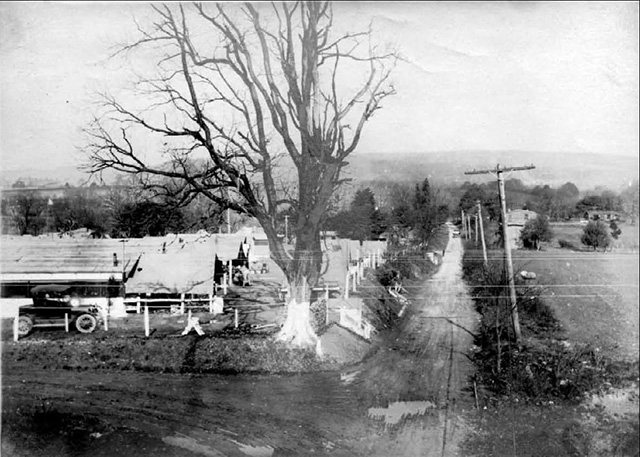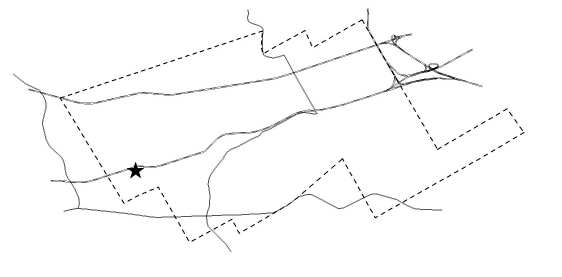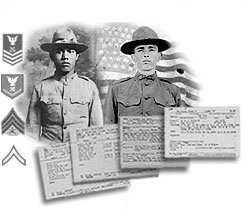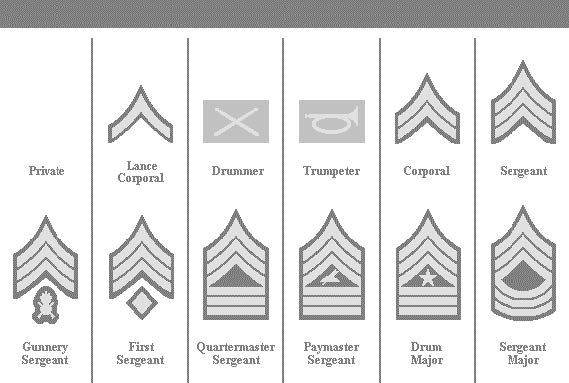|
Home : Quarterly Archives : Volume 44 |
Tredyffrin Easttown Historical Society |
|
Source: Winter/Spring 2007 Volume 44 Numbers 1&2, Pages 55–56 World War I: The Marine Corps Signals Training Camp
In 1917 the Marine Corps had only one company of trained signal personnel. New technology was changing battlefield signalling and it was decided to increase the numbers of trained personnel by expanding the group to a battalion of three companies. This battalion-strength group was initially stationed at the Philadelphia Naval Yard, but other uses of the space meant that it had to find a new home. Signal exercises had previously taken place at Valley Forge, and it was felt that the locality was ideal for training, so a new home was sought in the area. In spring 1918 a site for the camp was found in Tredyffrin; a 37 acre property on the west side of North Cedar Hollow Road, south of Swedesford Road. The encampment was named the Edward G. Fuller camp after a sergeant who had been killed in France shortly before its establishment. The sergeant was the son of the commanding officer of the Philadelphia Naval Yard. The camp consisted of streets of 30 tents, 15 on each side of the road. In addition to the accommodation tents there were three frame mess halls. The number of Marines stationed at the camp was between 500 and 700.
Advantage was taken of the local produce from nearby farms, so that the Marines did not have to exist solely on rations. The camp was completed with lavatories, a large shower bath, and a sick bay. Limited electrical lighting was also installed.
World War I Service Cards The battalion worked on the new technologies of radio, telephone, and telegraph as well as semaphore, the “wig-wag” and Morse code, heliographs, night lamps, and trained in radio, telephone, and telegraph. They also had exercises in infantry tactics applicable for trench warfare. Recruits for the battalion came from all parts of the U.S., by way of Quantico, Virginia, or Mare Island Naval Yard in California. They arrived at Broad Street Station in Philadelphia and then marched out to the camp, stopping in Villanova for lunch. Local residents, the YMCA, and the Red Cross provided diversions and entertainment for the troops. In Paoli there was a rest room, card room, sleeping quarters, and showers. A canteen was opened by local residents in a cottage near the camp. Movies were shown regularly. The camp opened in May 1918, and was closed in November 1918 when the battalion returned to the Navy Yard in preparation for goig overseas. Although detachments were sent to various units in France, the battalion as a whole never went out as the war ended before the troops boarded a ship.
|
| Previous Article ⇐ ⇒ Next Article |



